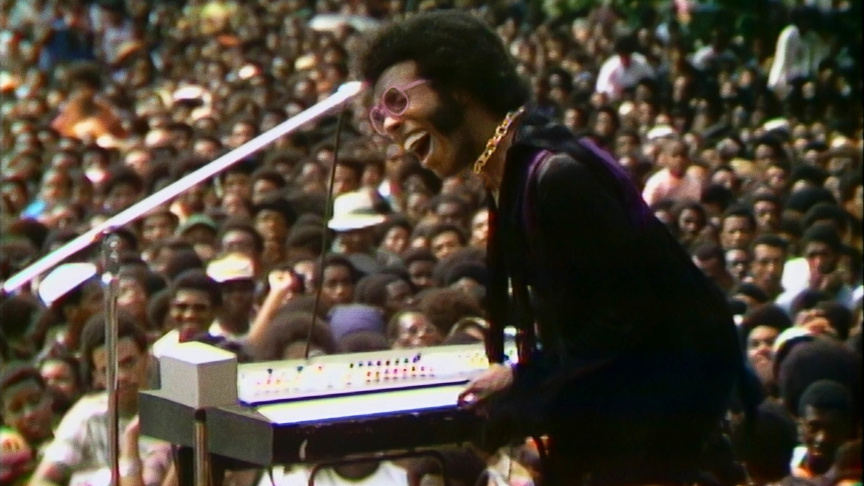Good morning, L.A.
Every so often, local officials implement regulations or changes to make the streets safer for pedestrians and bikes. There’s the Slow Streets program, two-way bike lanes, new crosswalk signals, and more.
But as KPCC/LAist’s transportation reporter Ryan Fonseca found while looking into the death of four-year-old Alessa Fajardo, who was fatally struck by a driver while crossing a Koreatown intersection on her way to preschool, changes aren’t being made fast enough to prevent tragedy.
Ryan spoke with me about who is really at fault in cases like this, and what’s being done — or not done — to make sure it doesn’t happen again.
In your article, you talk about how there were more than 100 pedestrian and bicyclist deaths the year that Alessa was killed. How did you decide to focus the story on the Fajardo family?
I remember seeing the breaking news and headlines on Twitter, back in October 2019, that a little girl had been hit by a driver and killed while walking to school with her mom. She was literally just feet away from her school, crossing like she normally did in the morning, and was killed.
I wasn’t the only one in the newsroom feeling pained by that news, and it just got me thinking about how local news was covering it. Immediately, the term used to describe it was “tragic accident.” The police were saying that, and reporters were reiterating it. And so that just stood out as kind of a striking word to use.
I've heard you talk about how using the word “accident” to describe such deaths is a misnomer. Can you say more about that?
I think we treat “accident” like a neutral term, because we've been using it for so long. But “accident” implies that there is no reason for this happening; like it was this unavoidable tragedy that couldn't have been prevented, and no one's really responsible or on the hook for it.
When you look more closely, though, and see that a huge percentage of vehicle collisions are the result of reckless drivers going over the speed limit, people being distracted, making unsafe turns, not yielding to pedestrians, not following the rules of the road, the word “accident” seems that much more irresponsible.
The other part of this is that L.A. officials have long known where the deadliest places in the city to be a pedestrian are, by which I mean the places where drivers are most likely to kill people who are not in cars. The city has a plan in place to supposedly address the high rate of people who are killed, called the Vision Zero program. But we’re over five years into this program, and traffic deaths have actually gone up.
From a city perspective, this wasn’t just a freak accident or a random occurrence. Taking all of that together, calling what happened to Alessa Fajardo an “accident” seems like an injustice.
What tools and solutions could the city implement to make the road safer, that they are either not implementing or slow to roll out?
It’s anything from actions that are relatively cheap and easy to do, like restriping crosswalks and putting in left turn arrows, to bigger changes like redesigning the roadways to include protected bike lanes.
There’s something called a pedestrian head start, which gives pedestrians a three-to-seven second head start in a crosswalk before cars can begin to move. It’s been on the docket for a possible improvement at the very crosswalk where Alessa was killed, but still has not been funded.
That kind of eats away at me a bit, because I just think about if that had been in place, Alessa and her mother, Erica, would have been, theoretically, several more seconds through the intersection. And they could have been out of harm's way.
How is the Fajardo family doing these days?
I first met them just a few months after this happened, so it was very rough for them. Alessa’s toys and all her possessions were still in the apartment. They showed me her lunchbox that she was carrying when she was killed.
They’re looking for a sense of change, to make their neighborhoods safer for the next little kid. They have a younger daughter, Clarissa, and they’ve made it a point to do all the things with her that they used to do with Alessa, to try to have her memory live on that way.
What Else You Need To Know Today
Before You Go … Here’s What To Do This Week

Attend (virtually) any number of great movies and discussions, including one with Sofia Loren. Listen to African American poets, including L.A.'s own Inauguration star Amanda Gorman. Get sweet at a chocolate festival. Learn about the Saturday Night Live audition process. Try your hand at sous vide cooking. Head to Sundance without having to hop on a plane to Park City. And more.
Help Us Cover Your Community
- Got something you’ve always wanted to know about Southern California and the people who call it home? Is there an issue you want us to cover? Ask us anything.
- Have a tip about news on which we should dig deeper? Let us know.
The news cycle moves fast. Some stories don't pan out. Others get added. Consider this today's first draft, and check LAist.com for updates on these stories and more. Follow us on Twitter, Facebook and Instagram.
Never miss an LAist story. Sign up for our daily newsletters.
"story" - Google News
January 26, 2021 at 09:35PM
https://ift.tt/36wjQw7
Morning Brief: Reporter Ryan Fonseca Explains The Story Behind The Story - LAist
"story" - Google News
https://ift.tt/2YrOfIK
https://ift.tt/2xwebYA
Bagikan Berita Ini














0 Response to "Morning Brief: Reporter Ryan Fonseca Explains The Story Behind The Story - LAist"
Post a Comment